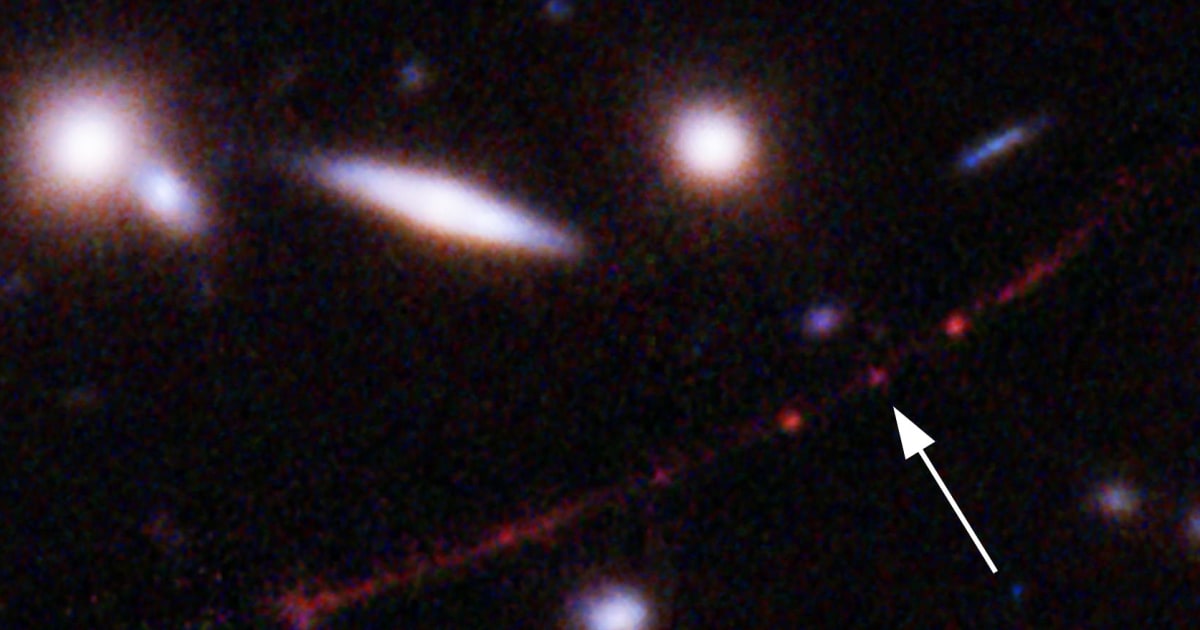Astronomers have been leapfrogging one another into antiquity for a long time. Recently, scientists have found what they believe to be the furthest astronomical object yet discovered: HD1, a galaxy possibility estimated to be 13.5 billion light-years distant. That’s 100 million light-years further away than the existing furthest galaxy, GN-z11. HD1 shines brightly in ultraviolet light, indicating that the galaxy is teeming with activity. As a result, astronomers hypothesized that it may be a starburst galaxy or one that generates stars at a relatively rapid pace. However, following closer examination, scientists revealed that the galaxy candidate was creating more than 100 stars each year – a pace ten times greater than that of ordinary starburst galaxies. In a release, Fabio Pascucci, an astrophysicist at the Harvard-Smithsonian Centre for Astrophysics and co-author of the paper revealing the discovery, said the first group of stars that originated in the cosmos were more enormous, brighter, and hotter than current stars. These stars, known as Population III stars, are thought to emit significantly more ultraviolet radiation than ordinary stars, which might explain HD1’s luminosity.

The team has spent over 1,200 hours watching with the Subaru Telescope, VISTA Telescope, UK Infrared Telescope, and Spitzer Space Telescope to achieve this remarkable discovery. The team intends to examine the galaxy again, this time with NASA’s mighty James Webb Space Telescope, to confirm HD1’s proximity. As such, JWST, which is capable of looking back to the earliest light flashes that appeared after the Big Bang, will also be able to ascertain which hypothesis matches HD1’s ultraviolet glow and possibly uncover even more distant galaxies in the cosmos’ early days.
The further an entity is from us in the growing cosmos, the quicker it moves away from us. The velocity of an object causes its light to change wavelengths to longer, redder wavelengths, much as the noise of a departing ambulance siren lowers to a lower tone. Astronomers scanned over 70,000 objects in search of the most distant galaxies, and HD1 was the reddest one they could locate. In a report issued by the Center of Astrophysics, Dr. Harikane stated that “HD1’s red hue mirrored the predicted properties of a galaxy 13.5 billion light-years away remarkably well.” The study team will shortly observe HD1 again with the James Webb Space Telescope to confirm its distance from Earth. If current projections are true, HD1 will be the most distant (and oldest) galaxy ever discovered. The same discoveries will enable the researchers to delve deeper into HD1’s identity and establish whether or not one of their ideas is right. A few hundred million years after the Big Bang, a black hole in HD1 must have expanded at an extraordinary rate out of a gigantic seed, Loeb explains. Once again, it appears that nature is more inventive than we are.



